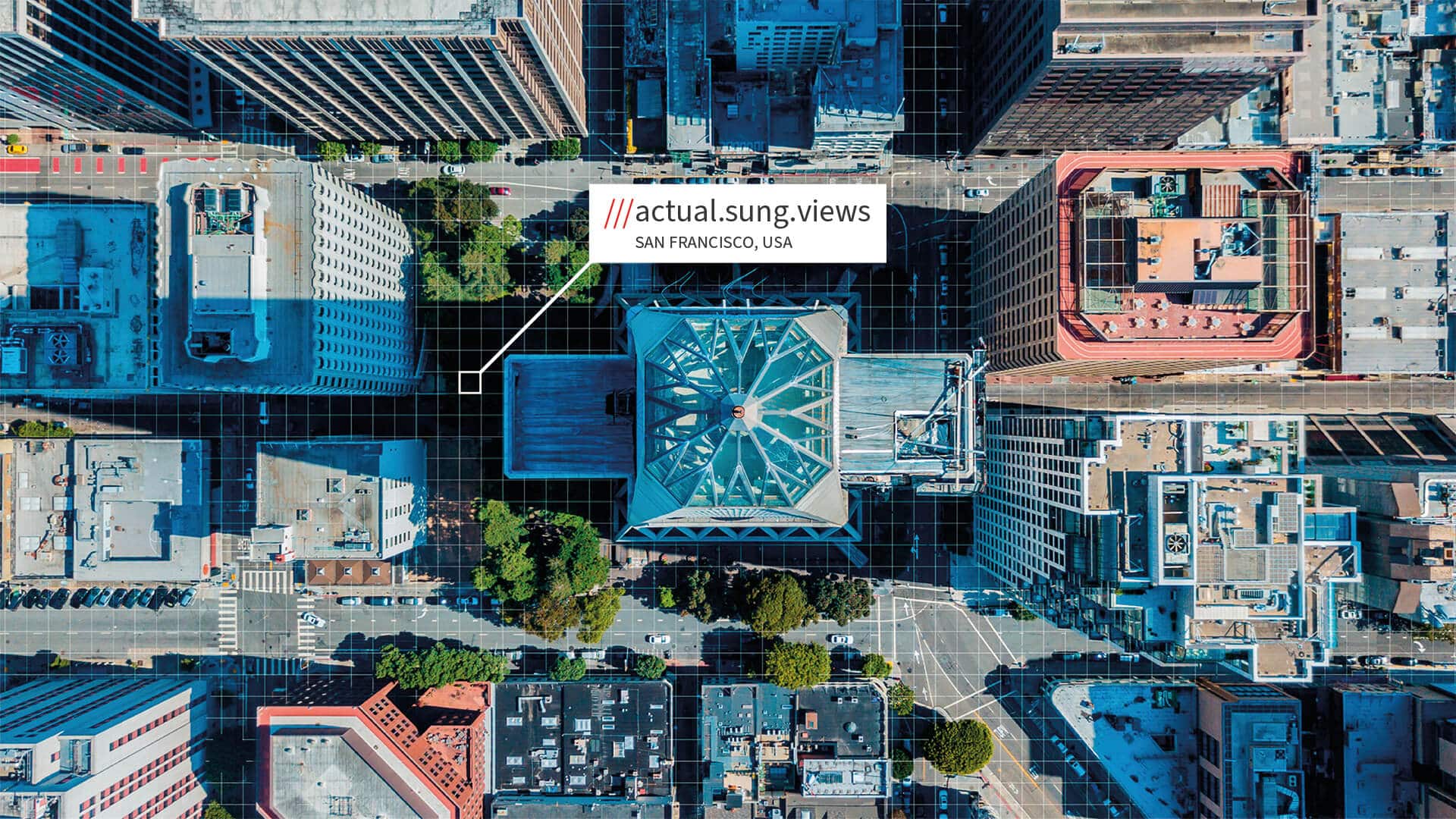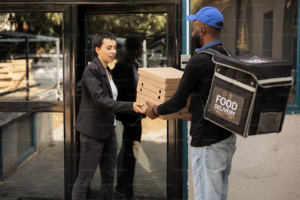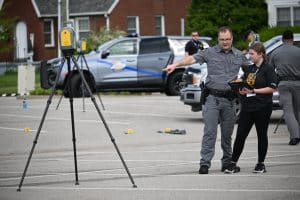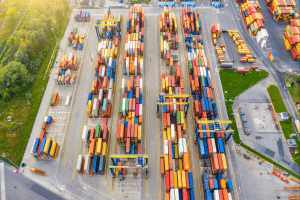Chris Sheldrick, Co-founder and CEO of what3words, explains how the precise and human-friendly location technology is enabling us to interact with more complex technologies to drive sustainability and business efficiency.
People shouldn’t get lost in 2022. Technology exists everywhere – in our pockets, our homes, on our wrists and in cars – and its accuracy is increasing all the time, so it’s a little strange that we’re still using the same addressing systems that were designed for delivering mail on horseback.
Street addresses are unable to direct us to precise building entrances, they’re often easy to confuse, and many places around the world have no address at all. This leads to inefficiencies and frustration for people and businesses.
Location Ubiquity
New technologies are improving the precision and granularity of location data. The sheer speed and bandwidth of 5G allow accurate locations to be captured and shared in real time. Advanced 5G speeds and BTLE 5.1/AoA beacons have set a new standard for BTLE triangulation which has resulted in more precise location information, particularly in areas where GPS signals are unreliable, like crowded cities.
Sensors in phones and other devices, as utilized by Google Maps, can analyses the surroundings and orient the user. AI recognition and labelling can also help to identify individual points of interest such as entrances to a football stadium.
Augmented Reality advances, together with improvements to visual location services, are giving increasingly accurate data that can identify specific locations with increased precision. This can enable people to, for example, find the correct entrance to a building or an exact spot in a large park or field. AI applications are also being used in combination with crowdsourcing to increase the richness of geodata – labelling businesses, displaying building numbers for example – providing us with an additional layer of detail.
Human-friendly addressing
When it comes to sharing exact locations, the existing methods, such as long numerical coordinates, aren’t human-friendly. They’re difficult to remember, to give and receive over the phone or to enter into devices.
While modern location technology is evolving and becoming more sophisticated, there is still a need for global, reliable, and future-facing addresses to make the whole experience seamless. In fact, I know firsthand the issues that can arise from poor addressing information.
I used to work in the music industry, organizing live events around the world. I quickly discovered that in the music world, people struggle with poor addressing every day. Getting lost trying to find events was pretty common.
To get people and equipment to the right places, and on time, I tried sharing GPS coordinates instead. But entering 16 numbers into a device, or even sharing them over a phone call, was really unreliable.
So, I decided to find a solution. A mathematician friend and I discussed the idea of using words to create a more usable and less error-prone version of the latitude and longitude coordinate system, and he subsequently wrote an early version of the what3words algorithm on the back of an envelope.
Global location technology what3words makes it easy to share any exact location. It has divided the world into a grid of 3-metre squares and given each square a unique address made of 3 random words. For example, ///filled.count.soap is the 3 metre square of the entrance of what3words’ London HQ. what3words offers a universal format for location information, and it’s available in 53 languages to date, making it a truly global solution that over 5 billion people can use in their native tongue.
The company addresses are easy to remember, write down or say out loud. They can be easily shared or input into a device via text or, crucially, voice input, for which they have been carefully optimized.
The technology is available via a free app or online map at what3words.com. It can be built into other apps, tools and services using the what3words API, which converts what3words addresses into coordinates and vice versa, and can also switch what3words addresses from one language to another.
Some of the world’s biggest brands, including Mercedes-Benz, Triumph Motorcycles, DHL, the AA, and many emergency services across the world using it.
In the UK, over 80% of emergency services accept what3words from 999 callers, and the technology is also used by certain control centres in the USA, Canada, Germany, India, South Africa and Australia to locate people in need.
Enabling efficiency and sustainability
Precise location information is crucial for businesses to operate efficiently. Take on-demand food delivery – accurate location data is crucial to getting food delivered to the correct destination, piping hot. Or for today’s ride-hailing industry, being able to provide an exact destination or pick-up spot saves riders time, improves their experience and enhances driver productivity.
Retailers are competing to satisfy high consumer expectations, offering next-day delivery, specific delivery times, the ability to track the driver’s location and parcels delivered to on-the-go locations. To fulfil these demands and make deliveries as seamless as possible, delivery drivers need an exact delivery location.
For e-commerce companies, receiving a what3words address from a customer at checkout enables them to fulfil orders more efficiently and to provide a better customer experience.
Accurate delivery locations enable better route optimization and fewer failed and repeat deliveries, meaning reduced emissions, improved air quality and less traffic pressure in crowded cities.
As technology continues to advance, to change how we live and how we navigate the world, what3words’ simple, accurate and future-ready addressing system is in place to make sure everyone can talk about everywhere, with just three simple words.
Disclaimer: Views Expressed are Author's Own. Geospatial World May or May Not Endorse it








